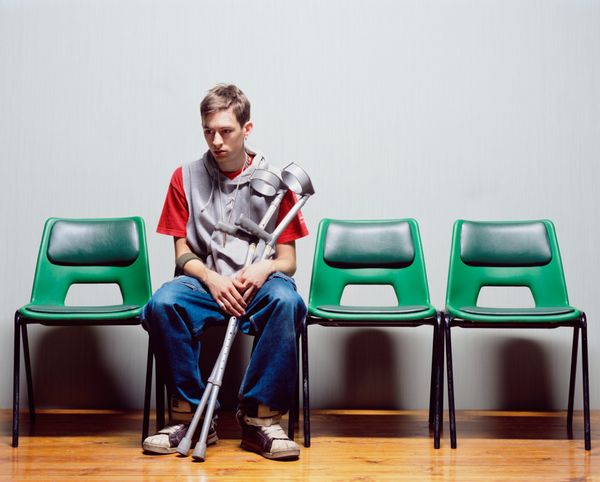Depending on the day and time you go to any U.S. emergency department, you could probably be forgiven for thinking it was absolutely the country's busiest. By definition, every ER runs on chaos, albeit highly choreographed and organized chaos. But what if you walk into the ER and see seven people bleeding, four people throwing up and one person engaged in conversation with the potted plant? You're going to assume you walked into a very busy ER and just hope it's not a full moon, to boot.
But "busy" is relative when it comes to emergency departments, and it doesn't necessarily mean overcrowded and underfunded. In fact, one study showed that those patients admitted to higher-volume emergency departments had a lower risk of in-hospital death [source: Kocher et al].
Advertisement
Another point: It's not easy to find a comprehensive list of ER visits, since some hospitals will release combined statistics, and a lot of hospitals don't self-report their population and visits. In fact, that's how we get one list that places Florida Hospital Orlando as the busiest ER in the country, when on closer inspection we see that the 206,800 ER visits listed includes patients going to seven separate facilities [source: Rizzo]. (In fact, Florida Hospital East Orlando is the busiest of the facilities in the Florida Hospital system, with 77,000 visits per year [source: Visit Orlando].)
Lincoln Hospital in New York City has 2013 numbers that cite a whopping 173,000 visits per year, which may make it the reigning champ [source: Hu]. Los Angeles County-USC Medical Center is often described as the busiest emergency department in the country, and for good reason: In 2010, it averaged about 160,000 patient visits per year [source: Ostrov]. Since Los Angeles County is the most populous in the United States, there are a lot of patients to be had. Los Angeles County-USC also holds the distinction of being the busiest Level I trauma center in the nation [source: Newton].
In part, emergency rooms are busy places because many Americans seek them out for acute care. (Acute care includes treatment for a new symptom, or one of increased severity. It could be something chronic (like asthma), but may or may not be life-threatening [source: Adamson].) These acute care appointments make up a third of all medical visits, but only 45 percent involve a primary care doctor; 28 percent are visits to the emergency department [source: Adamson]. That means that 4 percent of docs (those who are working in emergency medicine) are seeing more than a quarter of all acute care patients, plus emergency or trauma patients as well [source: Adamson].
Advertisement


